


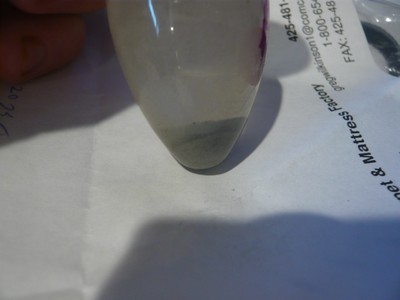
Quote: Originally posted by elementcollector1  |
Quote: Originally posted by elementcollector1  |
Quote: Originally posted by elementcollector1  |
Quote: Originally posted by elementcollector1  |
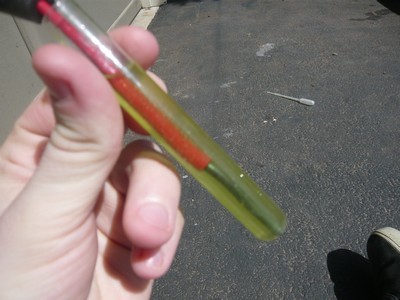


Quote: Originally posted by blogfast25  |
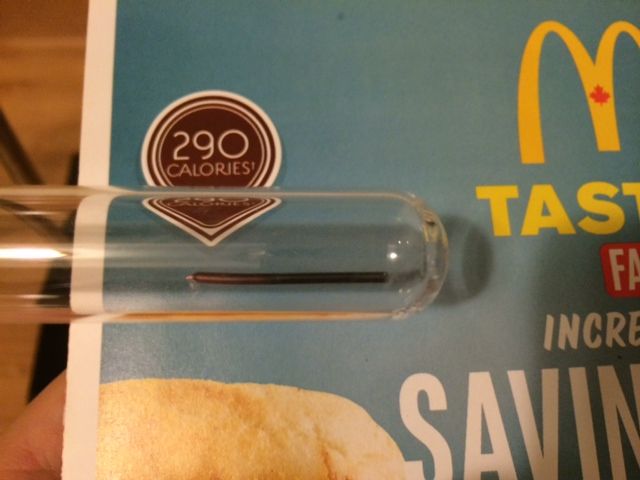
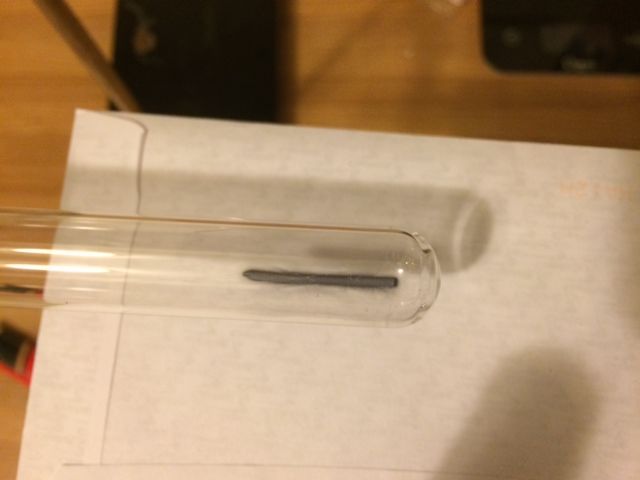
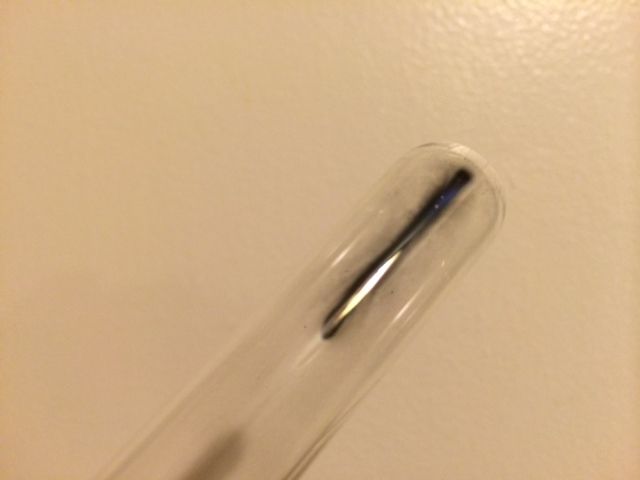
Quote: Originally posted by elementcollector1  |
Quote: Originally posted by elementcollector1  |
Quote: Originally posted by elementcollector1  |
Quote: Originally posted by elementcollector1  |
Quote: Originally posted by blogfast25  |
Quote: Originally posted by Zyklonb  |

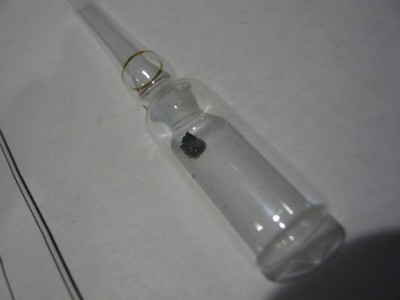
 " screw that!
" screw that!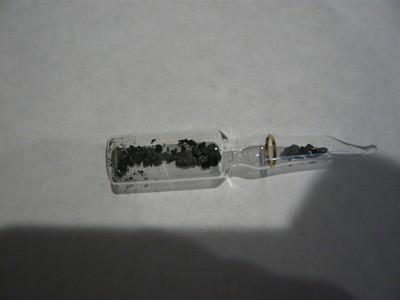
Quote: Originally posted by Zyklonb  |
Quote: Originally posted by blogfast25  |
Quote: Originally posted by elementcollector1  |